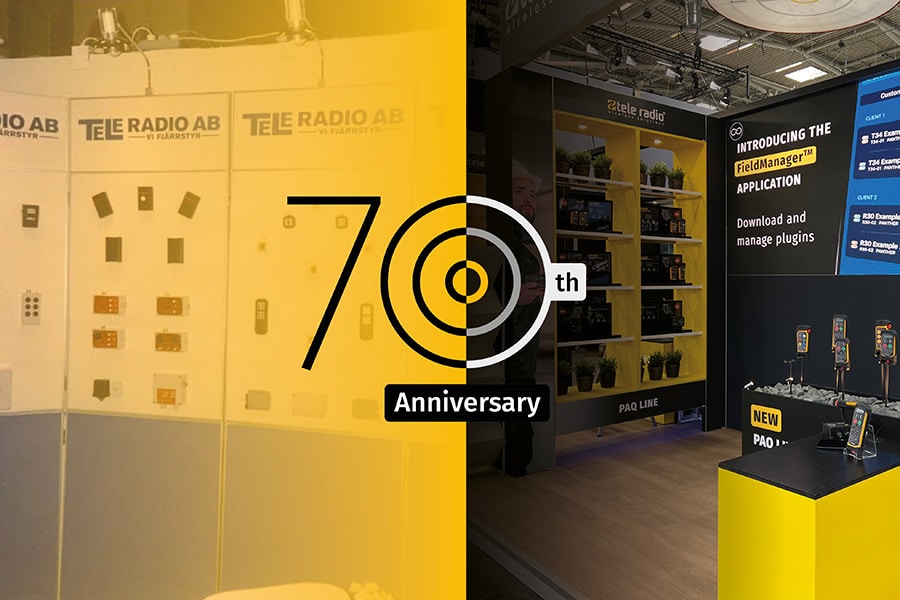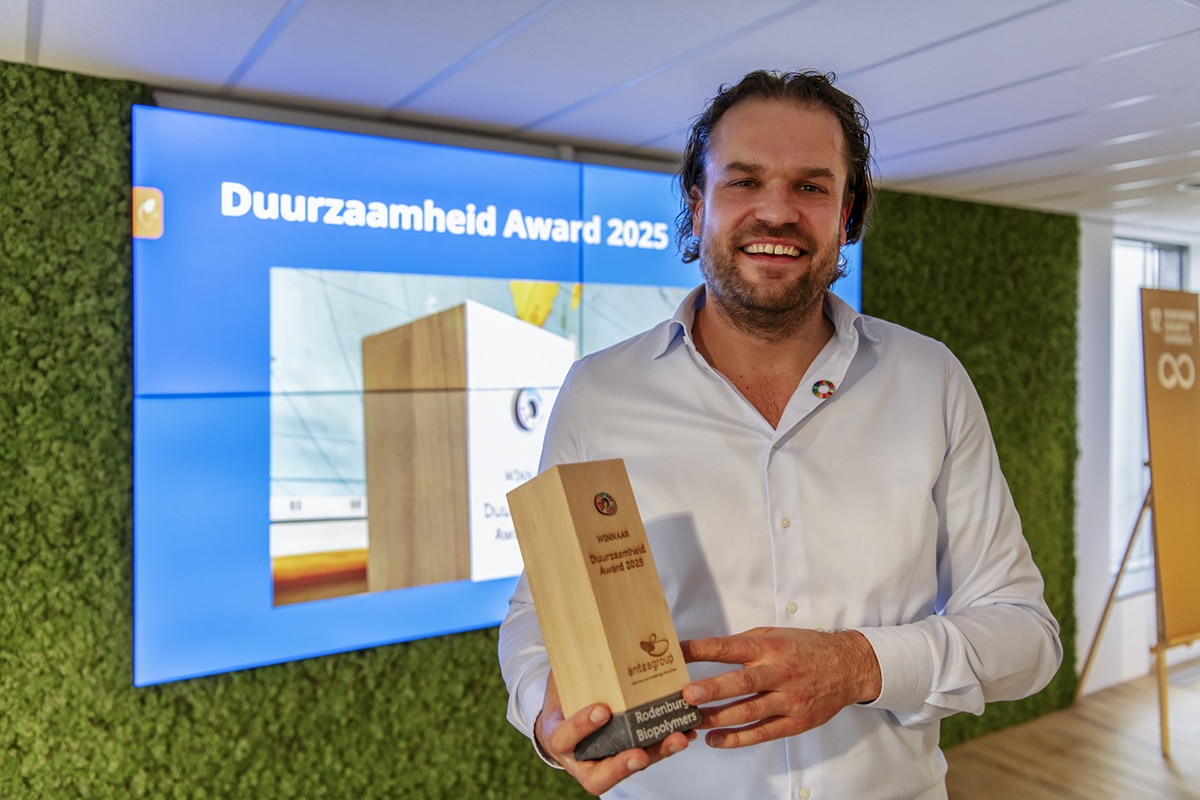
Plan, design, build, maintain and manage smarter projects with GIS
The Department of Public Works, water boards, rail companies, port companies, contractors, engineers, and utilities make broad use of GIS (geographic information system) in their processes. It is the place to collect, visualize, analyze, and share data with others. GIS provides support in a variety of ways. With ArcGIS, Esri is the market leader in GIS technology.
ArcGIS is the most complete Geographic Information System (GIS) on the market. ArcGIS aggregates various data sources to provide objective and reliable answers to questions. It places data on a map and, using analysis tools, can provide insight into complex issues. "A map ensures that everyone is looking at the same data and talking about the same thing," said Miguel Lesy of Esri Netherlands, a company that can be seen as the founder of GIS technology. "That ensures better cooperation between different stakeholders."

Map layers
Sharing designs and analyses can be done through ArcGIS in an accessible way and can be adapted to the target group. Lesy: "You work with different map layers and choose which data you communicate with whom and in which form. For example, municipalities can inform citizens about construction work. Or contractors can collect information from local residents when renovating a building. The map is also used as a means of communication between different organizations. In large construction and infrastructure projects, every step of the process can be shared and adapted. Impact analyses around climate and sustainability are immediately made available to all parties involved. These can then add their own information and analyses and share them again with the relevant stakeholders."

Paper can go away
Esri's GIS provides support in many more ways. Lesy gives some examples. "ArcGIS helps prevent excavation damage because KLIC and design/implementation information is available in one environment, both in the office and in the field, in 2D and in 3D. Employees can immediately see what lies underground and where. Inspection and inspection processes are also much more efficient with a GIS. With ArcGIS, field workers can immediately retrieve all relevant information and add new information in 2D and 3D. Employees in the field can immediately put work processes or requests into action. ArcGIS is also a simple asset management system that integrates with the largest EAM applications. It can be used for identification, integration, planning, routing, execution, analysis and reporting. Subsequently, ArcGIS can provide insight into the status of both static and moving assets. ArcGIS brings various real-time sources together in one central location. This allows organizations to immediately perform real-time analysis and make adjustments as needed."

Open data
ArcGIS offers an awful lot of data within the platform. Users can add their own data or use the data available in ArcGIS at any time. And that includes Land Registry information of the Netherlands (BRK), subsurface information (BRO), topographic data (BGT and BRT), addresses and buildings (BAG), demographic data, boundaries of municipalities, provinces, water boards, elevation data (AHN), habitat data, traffic and infrastructure, weather, noise and flooding, and much more...
Both public information and proprietary data can be brought together on the map. So with ArcGIS, everyone is looking at the same data, Lesy summarizes. "That streamlines communication and expectations. Different scenarios are immediately understandable and projects can be worked on co-creatively."
Esri was founded in 1969 in the United States. More than 400,000 organizations worldwide use Esri technology. In the Netherlands, that includes more than 1,800 organizations, accounting for as many as 70,000 users. "As an organization, we invest 30% of our revenue each year in Research & Development to maintain our leading position in cutting-edge GIS technology. With ArcGIS, users gain greater insight, can better support their processes and make informed decisions. Plan, design, build, maintain and manage smarter projects with ArcGIS."
Learn more about ArcGIS for GWW at esri.co.uk/aec.



